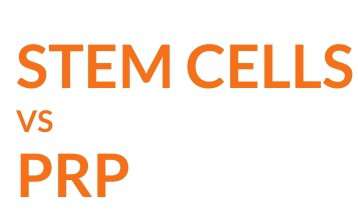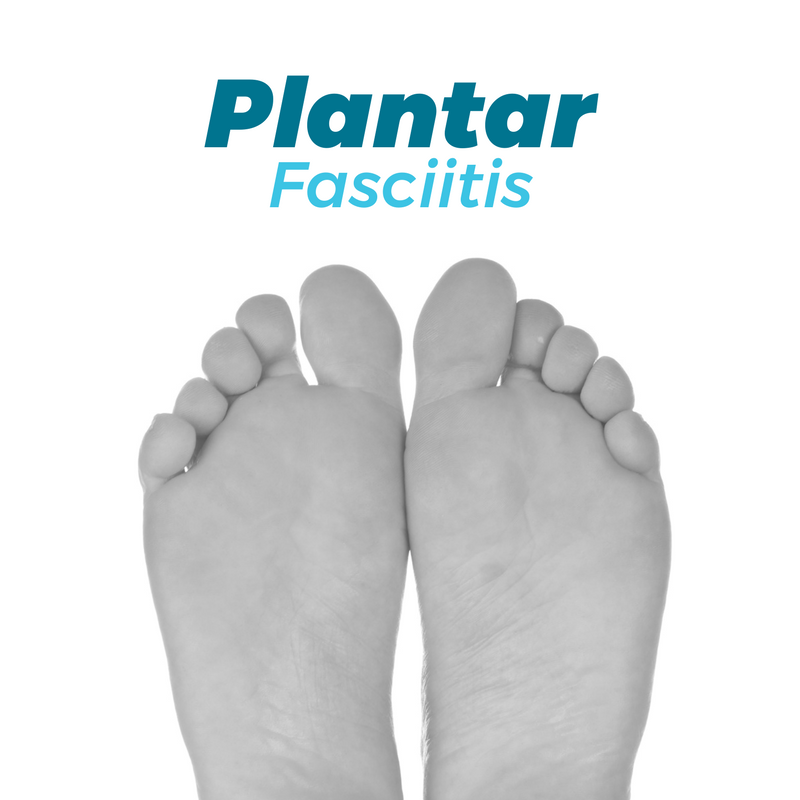Yet as research into regenerative medicine continues, new therapies have emerged. While new scientific progress may be remarkable, it can become increasingly difficult for patients to decide which forms of treatment may provide the best outcomes.
Indeed, stem cells are now commonly used to heal diseases such as osteoarthritis and other bone conditions, reverse the appearance of aging by fading the appearance of scars and wrinkles, and even heal injuries to joints, such as rotator cuff tears. And these are only a few examples of the potential treatments available.
But more patients now ask us about another form of treatment — platelet-rich plasma (also known as PRP therapy). Certainly our patients want to make the right choice. And while many articles online debate the pros and cons of stem cell therapy vs. PRP therapy, this decision is often framed in terms of choosing one over the other – when this decision need not be an “either/or” choice.
You see, while BioXcellerator enjoys a global reputation for leadership in stem cell therapy, our mission really centers around the broader field of regenerative medicine. In fact, when PRP therapy may be of help, we often use it in conjunction with stem cell treatment. So experts who discuss the question of “which is best?” often reflect their bias, especially if that expert represents a clinic specializing only in PRP.
Given that there’s no need to decide on one single therapy, it’s important to understand how each works and how they differ. With that in mind, let’s review each one at a time.
Stem cell therapy: Generating specific cells to meet specific needs
Although human cells are similar in many ways, each specializes in performing a specific biological function. For example:
- Digestive cells in your stomach and intestines absorb nutrients
- Skin cells protect your body
- Muscle cells help you maintain flexibility and movement
- And there are plenty of other examples
But before cells specialize, each begins as a stem cell. This is a form of cell that’s grown in your bone marrow. It’s a “generic” cell, containing all the necessary structures to function as any type of cell. But as each grows and mature, it becomes “differentiated” to specialize in performing a specific biological function.
Look at it this way: A stem cell can specialize to become any type of cell. And each specialized cell in your body – whether blood cell, brain cell, skin cell, etc. – began its life as a stem cell.
Stem cell therapy works because we’ve refined techniques for harvesting stem cells from Umbilical Wharton Jelly, encouraging these cells to become the precise types of cells we need for a specific treatment, and then introducing these new cells into the body to promote the healing and regeneration that the treatment plan calls for.
So, for example, we can harvest stem cells, process them so become differentiated into bone cells and then reintroduce them into the body to help promote healing of conditions such as osteoarthritis. Or those same stem cells could be differentiated into skin cells. These cells can be used to fill in gaps in the skin to help fade the appearance of wrinkles and scars.
And some cells could even be turned into new blood cells to help treat diseases such as leukemia and other similar disorders.
This is certainly an exciting field of medicine. Yet the science of turning generalized cells into more specific cells can be somewhat complex and protocols can be unique to each patient.
When treatments are needed to diminish pain and scarring from injuries, we may add another form of treatment – the use of platelet-rich plasma (PRP). Let’s explore how this therapy works.
Platelet-rich plasma: An extra shot of healing power
Contrary to what many believe, platelet-rich plasma (PRP) therapy isn’t an alternative “one or the other” option to be compared to stem cell therapy. It’s simply another technique of using cells – specifically a type of blood cell — to promote healing. The term “plasma” simply refers to blood. So understanding how this therapy works requires a quick review of what’s actually inside human blood.
Although it may look consistent, blood (or plasma) actually contains several different types of cells. If you look at normal blood through a microscope, you’d see:
- Red blood cells (about 95 percent)
- Platelets (about 4 percent)
- White blood cells (about 1 percent)
What do these cells do?
- Red blood cells deliver nutrients to various parts of the body and, in turn, collect waste products to be eliminated from the body
- White blood cells are part of our immune system and seek out foreign cells that may cause disease so they can be destroyed
- Platelets help blood coagulate as needed, such as when you are bleeding — joining together to prevent loss of blood and eventually becomes scabs on the surfaces of injuries
Because platelets contain a class of substances known as growth factors and play a major role in healing injury, they can be useful for promoting healing in general. These growth factors are why PRP therapy may be useful in conjunction with stem cell therapy.
But normal blood plasma isn’t all that “rich” in platelets. To convert normal plasma into platelet-rich plasma, the blood is run through a centrifuge. This process concentrates the platelets so the plasma becomes very rich in platelets. Injection of plasma rich in platelets delivers a higher level of growth factors. In addition, platelets contain structures known as cytokines that help regenerate tissue and promote healing and repair much faster than normal plasma alone.
What’s the real difference?
The difference between these two therapies is significant because they are completely different. Each may complement the other, but the implications for successful treatment requires using these treatments to their best advantage.
In stem cell therapy, we turn generalized cells into cells specifically needed for various forms of injury and disease. This a complex process, but offers the potential for exceptional treatment outcomes.
PRP therapy, on the other hand, can be quite useful in promoting overall healing, but the use of platelets is more general and is usually not customized to any specific condition, disease, or injury.
Platelets offer many benefits, and patients treated at BioXcellerator clinics often receive PRP therapy in conjunction with stem cell therapy. Yet deciding between the two isn’t a relevant question. Or, to put it another way, while PRP can augment treatment, it’s stem cell therapy that represents the latest state-of-the-art treatment in regenerative medicine – and why patients are experiencing excellent outcomes.



